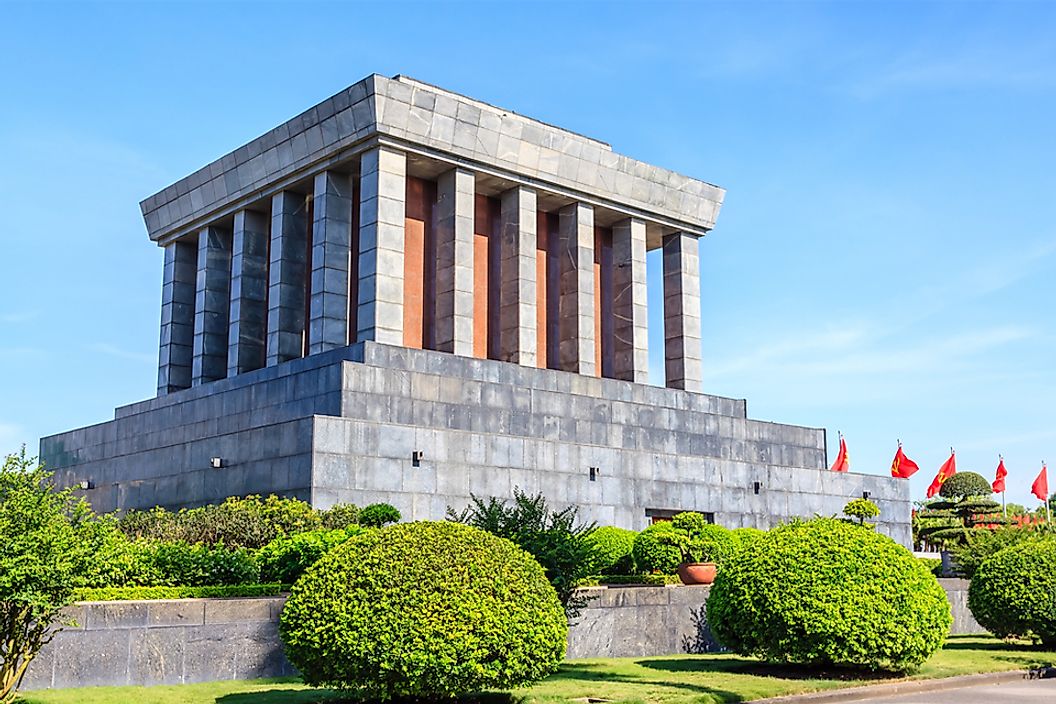What Is the Capital of Vietnam?

Vietnam is a country in Southeast Asia located on the extreme east of the Indochinese Peninsula. The nation shares its land borders with China, Laos, and Cambodia, and has coastlines along the South China Sea and the Gulf of Thailand. The country encompasses a total area of 331,230.8 square km and had a population of 94.6 million people in 2016.
What Is the Capital of Vietnam and Where Is it Located?
Hanoi is the capital city of Vietnam. Unlike many national capitals of the world, Hanoi is not the largest, but the second largest city by population. Hanoi is located about 1,760 km north of Ho Chi Minh City, which is the largest city in Vietnam. Hanoi is situated in the northern part of the country on the right bank of the Red River. The city covers an area of 3,328.9 square km and had a population of 7,587,800 people in 2015. A humid subtropical climate prevails in the region.
History of the Capital of Vietnam
Human settlements in area that is modern-day Hanoi were established as early as the 3000 BC. Ancient kingdoms ruled in region and the area was invaded and controlled by various powerful dynasties for centuries. Several citadels were built in ancient Hanoi in order to defend against invaders. Prior to the French occupation of Hanoi in 1873, the region surrounding the city was under the rule of the Nguyễn Dynasty. The name Hanoi was assigned to the city by Emperor Minh Mạng in 1831. Hanoi became the administrative hub of French Indochina between 1883 and 1945. During the period of French governance, Hanoi underwent dramatic changes. A new administrative capital with modern luxuries and amenities was built south of the old city. However, large parts of the old city were destroyed during the modernization of the city. Between 1940 and 1945, Imperial Japan occupied the city, followed by a brief period of occupation by the Viet Minh government led by Ho Chi Minh. The French reoccupied Hanoi in 1946, and finally in 1954, after a nine year struggle for independence, the city became the capital of the independent nation of North Vietnam.
Current Role of the Capital of Vietnam
As the capital of Vietnam, Hanoi is home to significant national government buildings, foreign embassies, ministries, and official residences. Hanoi has a strong and stable economy and the highest HDI among Vietnamese cities. Hanoi is reported to be the world’s fastest-growing city between 2008 and 2025. Hanoi’s GDP accounted for 12.6% of the national GDP in 2012, and 7.5% of total national exports came from the city. Industry and trade are well-established and rapidly growing sectors of Hanoi’s economy. The agricultural sector, which formerly played a vital role in the city’s economy, has been greatly modernized. Hanoi is also one of the country’s main centers of culture and entertainment. In 2014, Trip Advisor voted Hanoi as one of the best 10 tourist destinations in the world.







